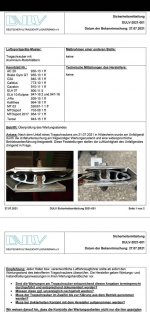Downloadable report on Cranfield University report on AutoGyro blades
RS1 was 6005 material. Cranfield's view on the material is:-
No idea on the cause but the above report highlights the number of "cycles" the blades go through, which in a training aircraft are likely to be higher than an aircraft used by pilot / owner who is likely to do less air-ground-air cycles.
RS1 was 6005 material. Cranfield's view on the material is:-
It is unlikely that there will be significant differences in the crack growth
characteristics of 6061 and 6005 as they are of similar strength and similar aluminium
alloy series.
No idea on the cause but the above report highlights the number of "cycles" the blades go through, which in a training aircraft are likely to be higher than an aircraft used by pilot / owner who is likely to do less air-ground-air cycles.


